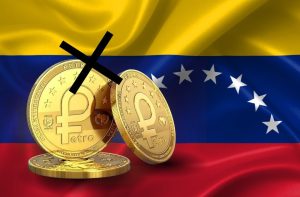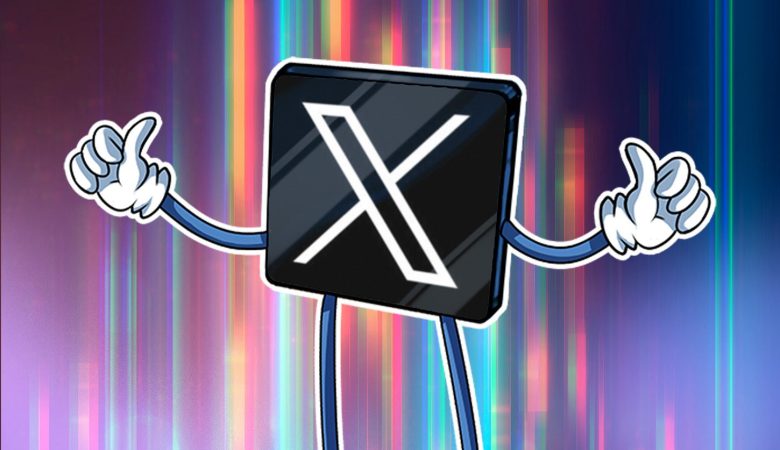
Venezuela’s ambitious venture into the realm of digital currencies has come to an end as the government officially announces the discontinuation of its own cryptocurrency, Petro. Despite a nearly six-year existence, Petro failed to gain the traction its creators had hoped for, facing a myriad of challenges from the outset.
Launched in 2018 as a bold attempt to circumvent US sanctions and alleviate the economic hardships facing the nation, Petro struggled to gain widespread acceptance. Reports from Barrons suggest that a lack of understanding among the citizens about how the cryptocurrency functioned played a significant role in its lackluster performance.
One of the major setbacks for Petro was a political scandal that cast a shadow over its credibility. The controversy surrounding the cryptocurrency further eroded public trust, contributing to its ultimate demise. The Patria Platform, where citizens could trade Petro, has now reported the coin’s discontinuation, signaling the end of an ambitious experiment.
Over the years, Petro had been utilized for payments, including transactions for state services. However, its usage remained limited, and many citizens opted for more traditional forms of currency due to uncertainties surrounding the cryptocurrency. The discontinuation announcement includes a plan to reimburse users in the national currency, bolivars, for the value of their Petro holdings.
Starting from Monday, users will find their Petro wallets rendered inactive, bringing an end to an era that held promise but ultimately fell short of expectations. As Venezuela takes this step back from its own cryptocurrency, questions arise about the country’s future in the ever-evolving landscape of digital currencies. Will Venezuela explore alternative cryptocurrencies or align itself with global trends, such as the rise of central bank digital currencies (CBDCs)? Only time will reveal the true impact of this decision on Venezuela’s economic trajectory and its relationship with the world of cryptocurrency.










